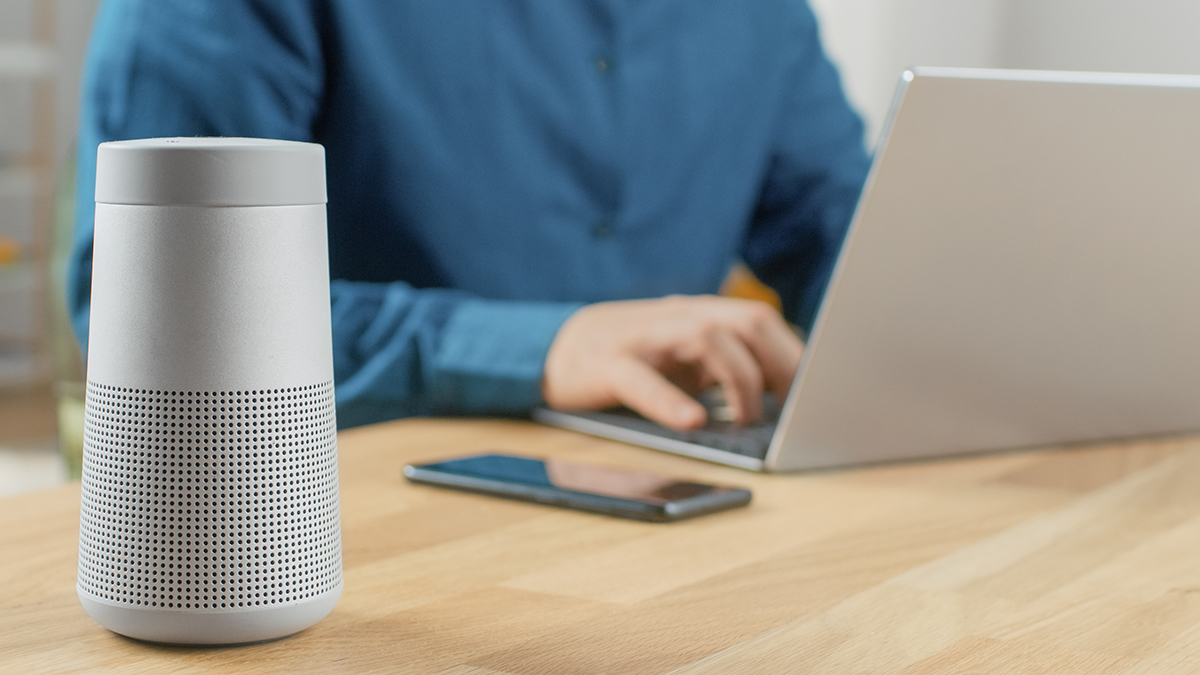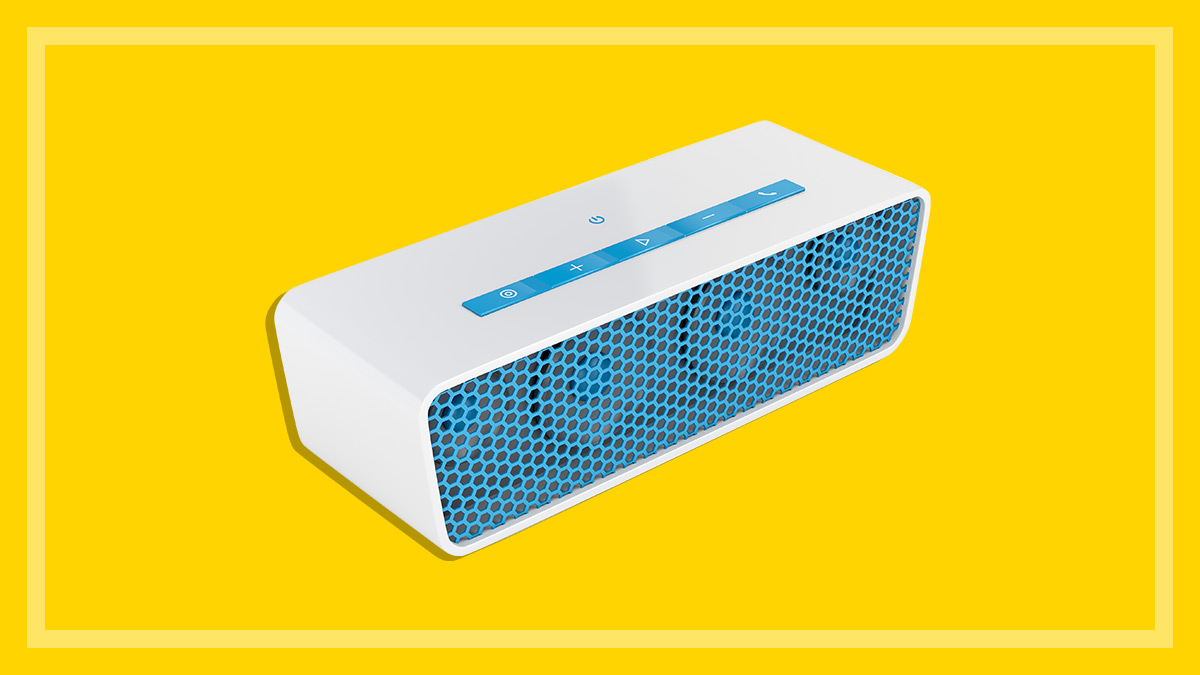Get our independent lab tests, expert reviews and honest advice.
How we test wireless speakers

When you’re in a store looking to buy a wireless speaker, sound quality is obviously the most important consideration. But ease of use and power consumption should be on the list of things to look for as well.
On this page:
Some models double as speakerphones or can be used as impromptu battery packs that can recharge your smartphone or tablet. Others can be used to control connected, aka ‘smart’, devices around your home using voice commands.
Here’s a breakdown of how we test wireless speakers. Our rigorous testing lets you make an informed buying decision and will help you avoid any duds.
How we test
All wireless speaker in our test undergo the same listening and ease of use assessments. We test two types of speakers – home and portable.
Home speakers need to be plugged into an outlet and aren’t usually designed with portability in mind. Portable speakers are battery powered and are much easier to move around or take outside the house. They also often include a dust and water protection rating.
Listening performance (sound quality)
A panel of experts listens to musical passages across various genres, assessing the overall quality of the speaker’s performance. These are:
- High dynamic classical music (orchestra piece with brass and timpani)
- Chamber music or jazz (piano, double bass, vocals)
- Pop music (with a clear bass and low-distorted vocals)
- Speech (with male and female speakers)
Technical measurements of frequency response and harmonic distortion are also taken.
Ease of use
This is assessed by a panel of three experts performing common tasks with the speaker. This includes the initial setup, Bluetooth pairing and Wi-Fi connectivity (where applicable) and operation using onboard controls, associated apps and remote controls if available. We also assess the quality and usefulness of models with onboard displays and the user manual.
Virtual assistants such as Alexa or the Google Assistant also undergo an ease of use assessment when present. Performance tests cover responses to requests from different voices in quiet and noisy environments, how the location of the speaker impacts its ability to hear and process requests and how well the assistant recognises different users.
Power score
For mains powered speakers the power score includes measurements of each speaker’s power consumption when in use, in standby and turned off. Our testers also measure consumption with eco mode active (if available) and the impact of settings that may temporarily increase power consumption, such as quick start mode.
Battery powered speakers are assessed for their total play time and the duration required to fully recharge the battery from an empty state. Our testers also note whether the speaker can report the remaining charge – e.g. on a display or as a vocal prompt.
Battery life and energy use
Battery life records the total play time of the battery after a full charge, with music playing at 80 decibels. Mains powered (home) speakers are not included in this test.
Instead, our testers record the annual energy consumption for these speakers. This is recorded in kilowatt-hours (kWh)
How we score wireless speakers
We recommend wireless speakers with a CHOICE Expert Rating of 75% or higher. The Expert Rating is made up of:
- Sound quality (75%)
- Ease of use (10%)
- Power consumption (15%)
Changes to our test
We adjusted our method and score weighting in June 2025 and applied this to previously tested models as well as new ones. Some scores and recommendations may have changed as a result.






